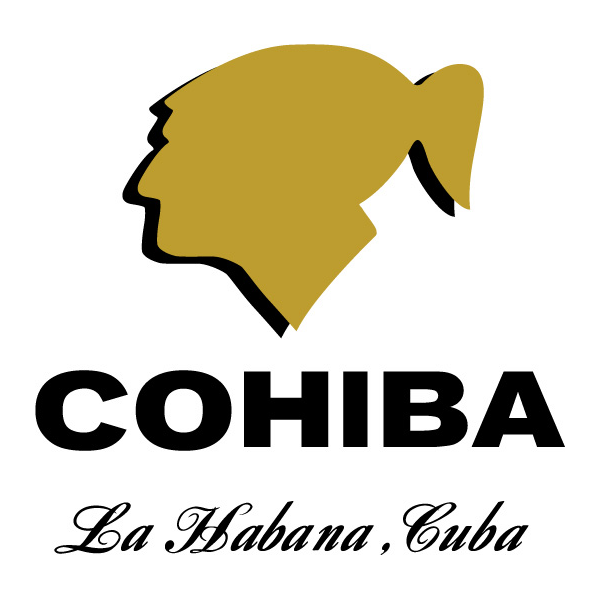
This site contains tobacco images. Please leave now if you are under 18
If you’ve been a Havana cigar smoker for a while, you probably don’t give a second though to the names of the brands you choose. However, to the uninitiated, there names and reasons behind them can be a bit baffling and I actually get asked “What’s that name all about then?!” quite frequently. So, to consolidate all my answers, this week I’m going to give you the history/origins of as many brand names as I can manage. Because who doesn’t love a bit of trivia? You never know when it might come in handy!
Names can be included a few different categories, as follow:
Original/historic names:
Many names are based around original words for tobacco or smoking.
Cohiba: This could be considered the “True” word for tobacco/cigar. “Cohiba” was the Taino word given to the bundle of tobacco leaves that were smoked in ceremonies. Interestingly, the word “Tabac” from which the word “tobacco” derived actually referred to the pipe in which the leaves were smoked, rather than the leaves themselves.
Behike: Fittingly, as an offshoot of Cohiba, “Behike” refers to the person who lead the aforementioned ceremony.
Cuaba: This refers to the bundle of leaves that were used to light the “Cohibas”
Vegueros: Slightly different to the other things in this category, it is literally, just the word “Farmers” in Spanish.
Torcedore’s choice
It is well known that it is tradition for cigar factories to employ a “Lector,” someone who sits at the front of the rolling rooms and reads to the rollers, a tradition that still stands today. They’ll read anything from books to newspapers. Those that were particularly popular with the rollers served as inspiration for naming the cigars they were making, such as Romeo y Julieta and (the count of) Montecristo. In some cases, sizes within these brands refer to characters within the books, including Montecristo Dantes, Montecristo Edmundo and Romeo y Julieta Capuletos.
Significant People
The self-titled album: Some brand names are simply a case of the person who opened the factory or created the brand using their own name for the brand. Don Francisco Fonseca, Jamie Partagas, Jose L. Piedra, Agustin Quintero and Ramon Allones are all examples of this, among many others.
 Bolivar: Named for Simon Bolivar, the legendary figure who liberated Bolivia from Spanish rule.
Bolivar: Named for Simon Bolivar, the legendary figure who liberated Bolivia from Spanish rule.
H. Upmann: Like Partagas, this is simply a case of the creator using their own name for the brand. Herman Upmann, however was slightly different. He was a banker and in 1844 he offered his own cigars as an incentive for being part of his bank. The bank folded in the 1920s, but the cigars were popular enough to continue as a brand in their own right.
Vegas Robaina: While there are many brands named after people, Vegas Robaina stands out as the first time a brand was named after a tobacco farming family. Alejandro Robaina was a farmer who was legendary for his ability to grow the finest wrapper leaves, while “Vegas” simply means “Farm”. The Double Corona size of Vegas Robaina commemorates his name in full.
Significant places
Quai D’Orsay: Quai D’Orsay is a delicate blend, initially designed “For the refined, French palate” and its name reflects this intention. It is taken from the name of a well-known Parisian street, along the side of the river Seine.
San Cristobal del Habano: This was the original name for the city of Havana. Named for a combination of Saint Cristopher (San Cristobal) and “La Habana,” a Native name for the area.
Hoyo de Monterry: “Hoyo” literally means “hole” and in this case refers to a low-lying area along the banks of the San Juan y Martinez river. A particularly fertile area where the plantation can be found.
Trinidad: You might have seen a previous article where I mention how the name “Trinidad” can be a bit confusing when applied to Cuban cigars:
“I’ve lost count of the amount of times I’ve had someone say ‘No, I said I wanted a cigar from Cuba, not Trinidad!’ when I’ve recommended a Trinidad.”
Well, there’s actually an extra layer of confusion. The brand doesn’t refer to the “-and Tobago” dual Island nation of Trinidad. It actually refers to the 16th century city of La Santisima Trinidad (“The holy trinity”) which is on the South Coast of… you guessed it: Cuba! Simple, eh?
Bragging Rights
Finally, we have a couple of brands who simply wanted to advertise front and centre how great they felt they were:
La Gloria Cubana: Translates the “The Glory of Cuba.”
 El Rey del Mundo: Means “The King of the World.”
El Rey del Mundo: Means “The King of the World.”
Blimey. Well, it’s nice to see brands having a bit of confidence in themselves, right?
I think that covers a good majority of brands. I know I’ve left a few out, but I didn’t want to go on too long (and a lot fall into the “Self-titled” category.) Hopefully that’ll give you some answers ready for when you next get asked about your favourite brand. If you think I’ve missed any significant or have anything you’d like to add, pop it in the comments section.
-Calum Conn
Store Manager @ Turmeaus & La Casa del Habano – Chester.